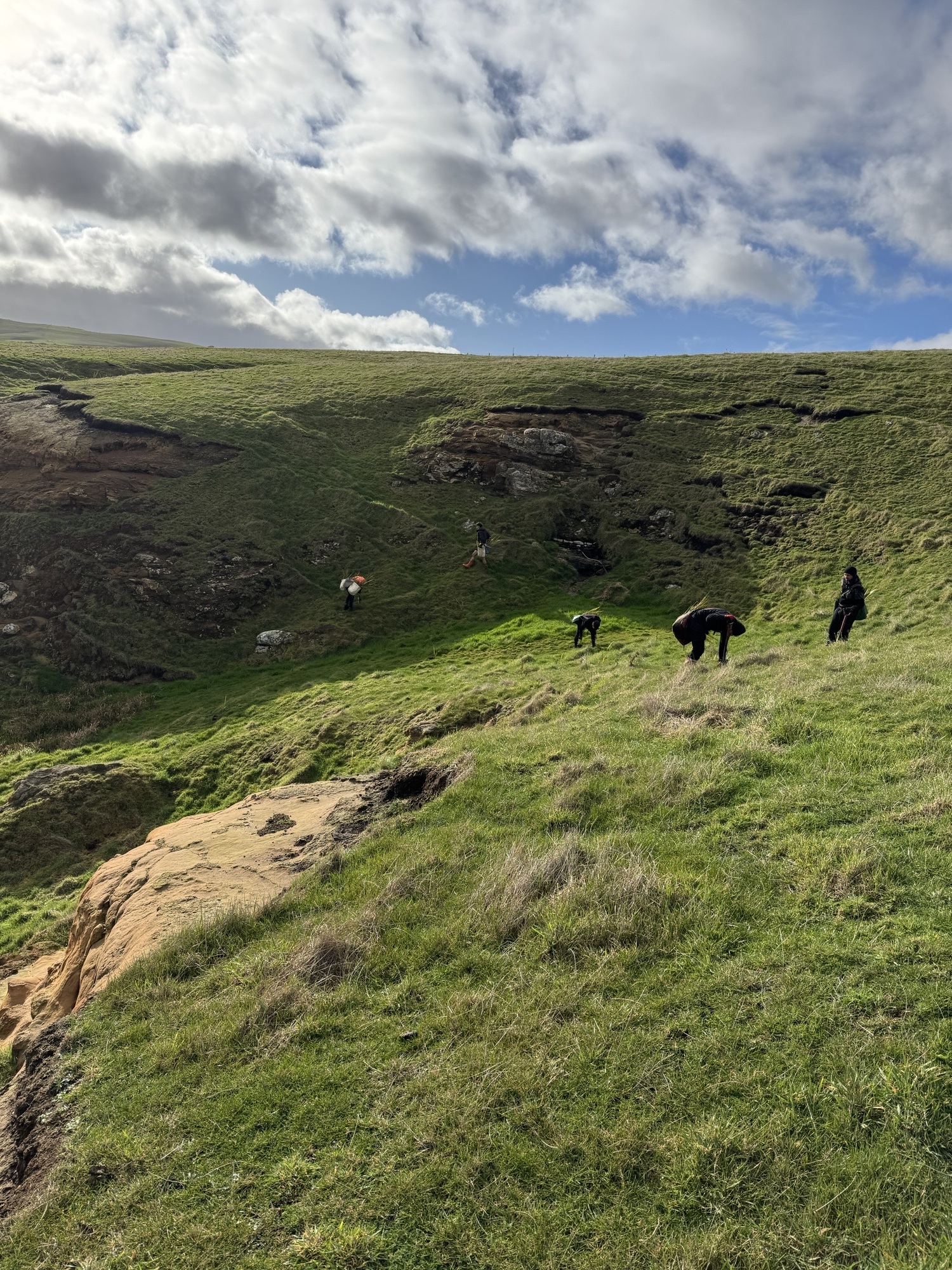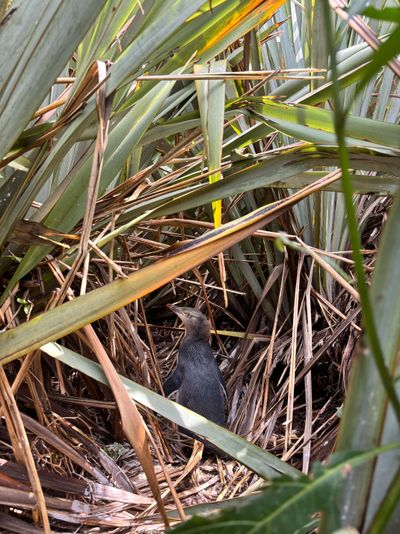
News
Updates from the field
Friday 01 August, 2025
Hoiho chick monitoring
The intensive monitoring season started with a nest search in October, which was delayed after heavy rain resulted in significant flooding and slips across the region. A nest was lost at Helena Falls in the Catlins due to a slip, however both parents from this nest were located later in the season. After the rain cleared, our team carried out searches across our reserves and located fifteen active nests.
The hatching period started in late October, and the last chick hatched seventeen days later. The greatest threat to chicks' survival is respiratory disease syndrome (RDS). Working with the Wildlife Hospital Dunedin (WHD), we have refined our system of intervention to mitigate this disease. Chicks spent around eight days in veterinary care before being released back to their nest. Most chicks are born with the disease, so every chick requires treatment.
For the rest of the summer months, our field team carried out weekly health checks to identify at risk chicks, provide supplementary feeds and transport them to veterinary care or rehabilitation as needed. Due to good foraging conditions at sea this season, the chicks' weights were mostly healthy, and less intervention was needed compared with previous years. Well-fed parents reduce the chance of losing wandering chicks because the parents can guard the nest for longer. The post-guard stage, where parents leave the chick unattended, occurred in the average window of six to seven weeks, which was a big improvement on previous years. This also meant that chicks fledged naturally from the nest with their parents, which was a big difference from last season when a significant number of chicks were soft released to fledge from rehabilitation.
In early March, the last remaining chick fledged from Cosgrove Creek in the Catlins. 73% of chicks at our sites survived through to fledge. We now wait to see how many of these juveniles will return safely to our shores. The mainland population remains in a state of collapse, having declined 80% in the last sixteen years. At the sites we monitor, there was a 21% fewer nests than last year and based on adults found in the moult, we are projecting 33% fewer nests next year.
It is imperative that juveniles survive to adulthood to bolster the number of breeding pairs. Foraging conditions at sea played a significant role in breeding success this year. But conditions in the ocean can change significantly from season to season; marine heat waves, el niño-southern oscillation events, overfishing, disease and marine toxins can all impact marine life. This highlights the need for greater protection of our oceans in order to let marine ecosystems recover and increase resilience to the changing climate.
Rakiura Rehabilitation
In its third season, our Rakiura rehabilitation continues, with the support of Mamaku Point Trust, to fill a critical need during the moult period on Stewart Island. Operating under the care of our vet nurse Emma Simpson-Boyce and volunteers, the facility provides essential treatment for injured and underweight hoiho that would otherwise face stressful transport to mainland facilities. Penguins are rehydrated and fed to regain weight. The birds' favourite part of rehabilitation seemed to be the saltwater pressure sprayer.
Twenty-two hoiho passed through rehabilitation centre this year after comprehensive searches on Groper Island, Tommy Island and Glory Cove with the Department of Conservation. By the end of the first week, the facility housed fifteen penguins simultaneously in mosquito-proofed enclosures, a new record stretching the capacity of the centre and highlighting the need to update the rehabilitation. Emma also treated a Snares Crested penguin and a Tawaki before the hoiho moult.
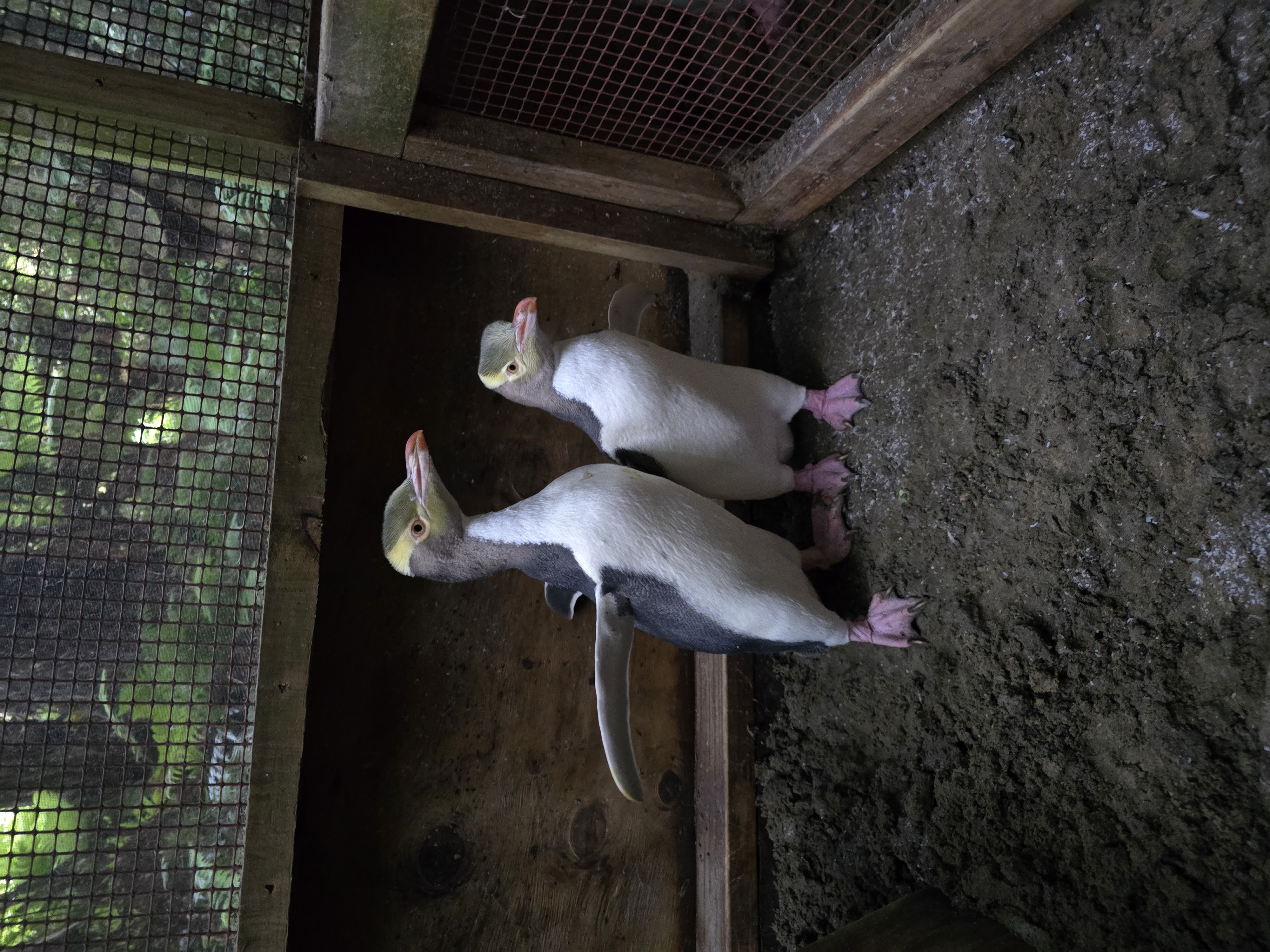
Building biodiversity
Working towards our goal to make our six reserves predator-free, trapping continues across 343 ha of coastal habitat. At Tavora Reserve in North Otago, with funding from Waitaki District Council, our rangers installed six new AT220 traps to our existing network to target possums. The new traps have been successful, with our volunteer reporting seven possums and one joey caught in a single trap. By investing in high-quality automatic possum traps now, we are protecting hoiho nests from predation and preserving the hard work gone into restoring the site since 1993.
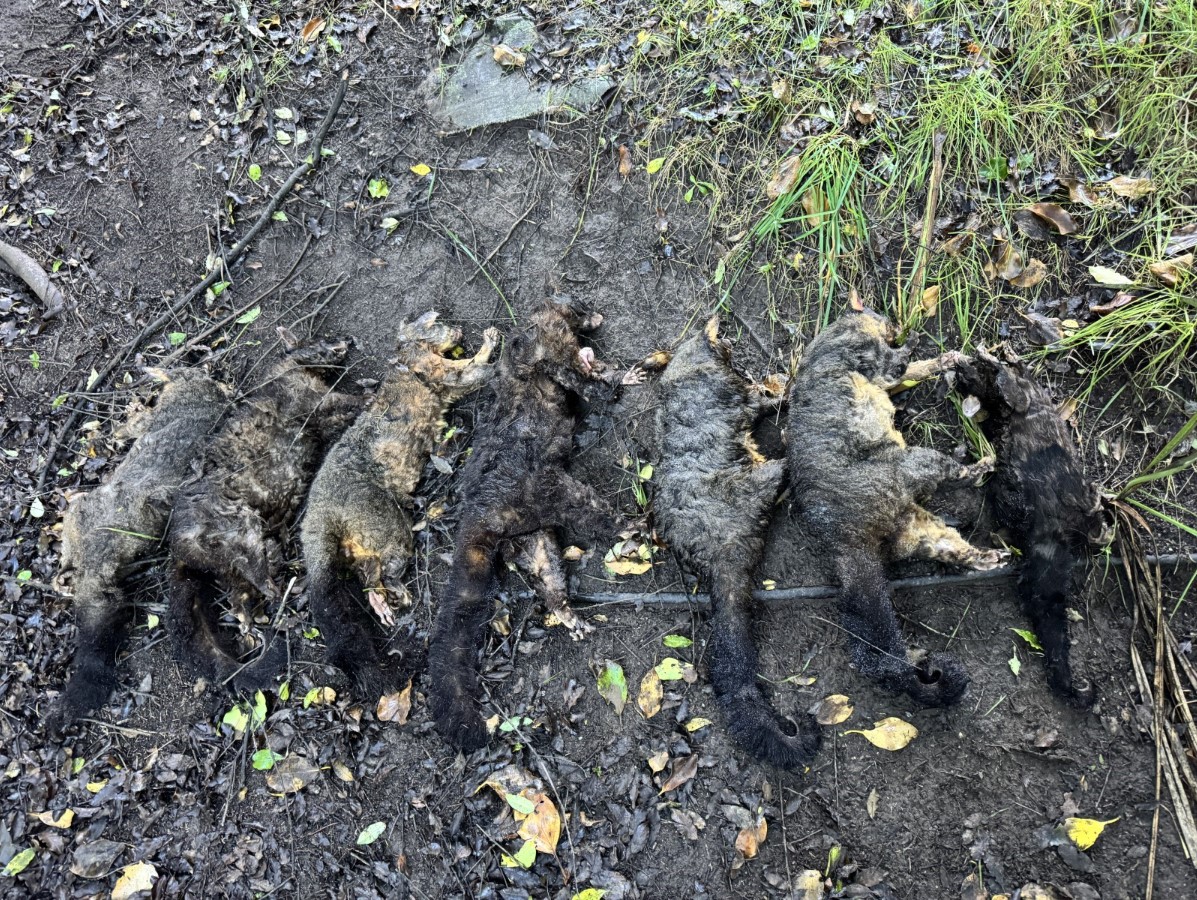
Trail cameras at Okia Reserve on the Otago Peninsula identified a feral cat lurking near a nest site, which was successfully caught in a trap soon after. Over at Seal Bay, Long Point Irahuka Reserve in the Catlins, rabbit-proof fencing is being installed in partnership with our friends at Forest & Bird Southland.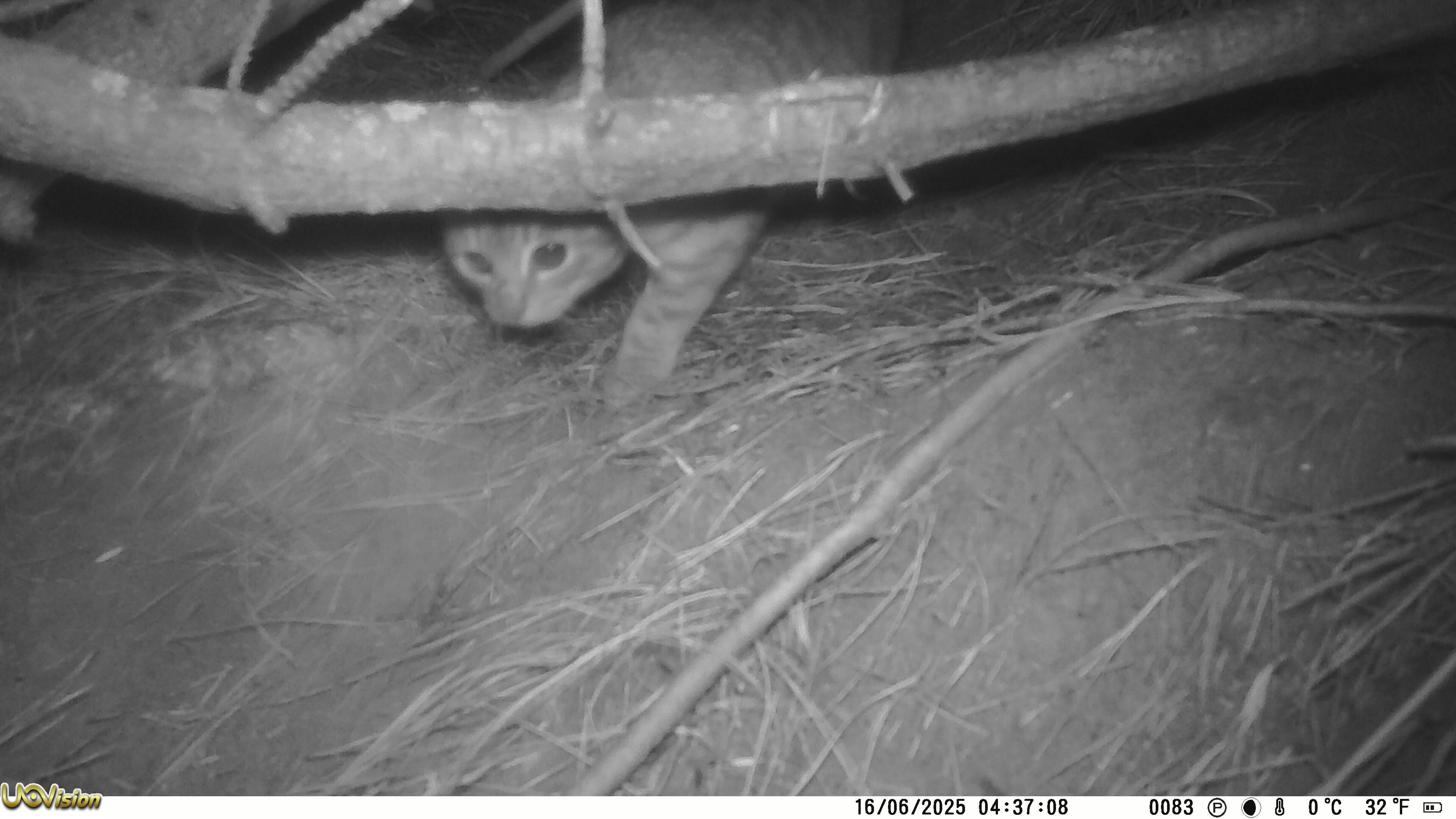
Planting at Irahuka
At Long Point Irahuka in the Catlins, we are restoring the coastal shrublands by transforming grazed pasture with native plantings. With support from the AirNZ Every Corner Fund and Lotteries Environment and Heritage Fund, ten thousand harakeke are being planted at the reserve on the western side of the point. The harakeke has been eco-sourced and carefully raised for three years at our native plant nursery and will provide shelter as a nursery plant for future plantings. We are grateful to be working with mana whenua led business, Te Tapu o Tāne, and local young entrepreneurs TREET to carry out this project.
Over three years, we will provide ongoing support maintaining the plants and controlling invasive weeds to ensure the plantings are successful. In the long term, these plants will provide hoiho and tītī safe spaces to rest, breed and raise their young.
